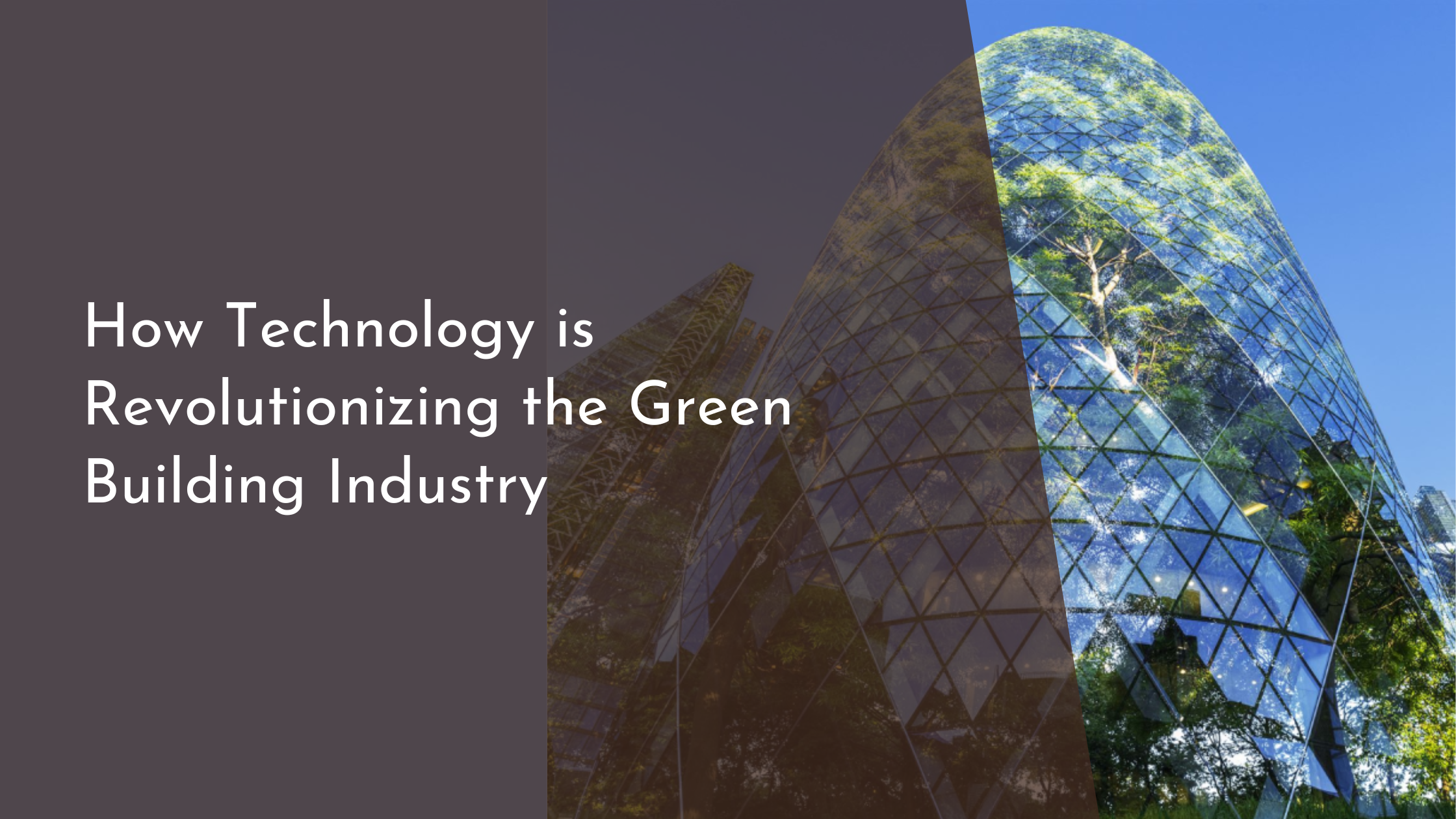How Technology is Revolutionizing the Green Building Industry
The green building industry is experiencing a remarkable transformation, driven largely by technological advancements. As global awareness of environmental issues grows, the construction sector is increasingly focusing on sustainability and energy efficiency. This shift is not only essential for the health of our planet but also brings about a plethora of economic and social benefits. In this article, we delve into the various ways technology is revolutionizing the green building industry, from innovative materials to smart building systems and renewable energy solutions.
Innovative Materials for Eco-Friendly Construction
The introduction of innovative materials is reshaping the landscape of eco-friendly construction. One such material is cross-laminated timber (CLT), which is gaining popularity as a sustainable alternative to traditional concrete and steel. CLT is made from layers of wood glued together, providing both strength and stability. Its production emits less carbon compared to conventional materials, and it acts as a carbon sink, storing carbon dioxide within the structure. Additionally, its lightweight nature reduces transportation emissions, further contributing to environmental conservation.
Another groundbreaking material making waves is self-healing concrete. This material contains bacteria that can repair cracks autonomously, prolonging the lifespan of structures and reducing maintenance costs. By preventing the need for frequent repairs and replacements, self-healing concrete minimizes resource consumption and waste generation. These advancements in materials not only enhance the sustainability of buildings but also push the boundaries of architectural design, allowing for more creative and environmentally conscious solutions.
Smart Building Systems Enhance Efficiency
Smart building systems are at the forefront of enhancing energy efficiency and occupant comfort. These systems use the Internet of Things (IoT) technology to connect various building components, allowing them to communicate and adapt in real-time. For instance, smart HVAC systems can monitor indoor conditions and adjust temperature and ventilation settings to optimize energy use. This results in significant cost savings and a reduced environmental footprint, as buildings consume less energy while maintaining optimal indoor climates.
Moreover, smart lighting systems incorporate sensors and automation to adjust lighting levels based on occupancy and natural light availability. By using energy only when needed, these systems greatly reduce electricity consumption. Additionally, they contribute to creating healthier indoor environments, as exposure to natural light has been shown to improve mood and productivity. The integration of smart systems in buildings not only elevates efficiency but also enhances the well-being of its occupants, showcasing technology’s pivotal role in sustainable building practices.
Renewable Energy: Powering the Future of Buildings
Renewable energy technologies are at the core of powering the future of sustainable buildings. Solar panels are becoming increasingly efficient and affordable, enabling more buildings to harness the power of the sun. Innovations like building-integrated photovoltaics (BIPV) allow solar cells to be seamlessly incorporated into building materials, such as windows and facades, without compromising aesthetics. This integration not only generates clean energy but also contributes to the overall energy efficiency of the structure.
Wind energy is another renewable resource being adapted for urban environments through the development of small-scale wind turbines. These turbines can be installed on rooftops, capturing wind energy to supplement a building’s power needs. Additionally, advancements in energy storage technologies, such as high-capacity batteries, ensure that renewable energy generated can be stored and used when needed. By embracing renewable energy solutions, the building industry is taking significant strides toward reducing dependency on fossil fuels and paving the way for a more sustainable energy future.
Digital Tools Transforming Design and Planning
Digital tools are revolutionizing the design and planning phases of green building projects. Building Information Modeling (BIM) software allows architects and engineers to create detailed 3D models that simulate various environmental factors. This technology enables the visualization of how a building will perform in terms of energy consumption, lighting, and thermal comfort before construction begins. By addressing potential issues early in the design process, BIM helps reduce waste and improve the sustainability of the project.
Furthermore, virtual reality (VR) and augmented reality (AR) are enhancing the design experience by providing immersive environments where stakeholders can explore and interact with the building plans. This interaction facilitates better communication and collaboration among project teams, leading to more informed decision-making. It also allows clients to experience their future spaces firsthand, ensuring that sustainability goals align with their vision. The adoption of digital tools in design and planning is a testament to how technology is enabling more efficient, creative, and sustainable building practices.
As the green building industry continues to evolve, technology plays a crucial role in driving sustainability forward. From innovative materials and smart systems to renewable energy and advanced digital tools, these advancements are paving the way for a more eco-friendly built environment. Embracing these technologies not only addresses environmental challenges but also offers significant economic and social benefits. By continuing to innovate and adopt sustainable practices, the green building industry is poised to lead the charge toward a more sustainable future, one building at a time.

